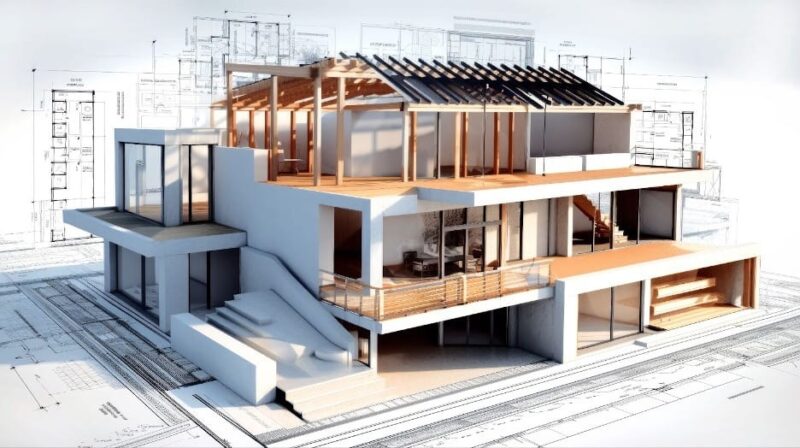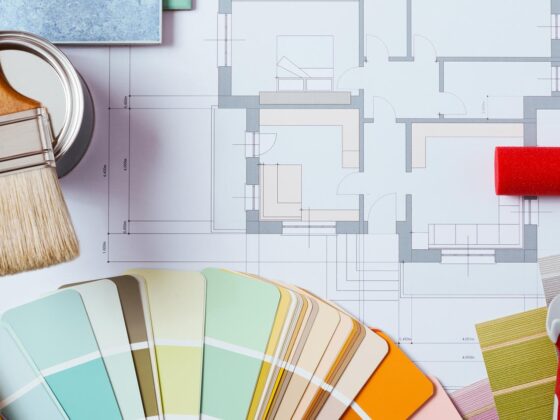Technology has transformed the way new homes are built across the UK, from the foundations all the way to the final finish. Over the past decade, the building industry has embraced innovation in both design and delivery, resulting in properties that are not only more energy-efficient but also smarter and faster to construct.
These advancements are shaping the future of housebuilding, offering new levels of precision, sustainability and comfort that benefit developers and homeowners alike.
Smarter Planning and Design
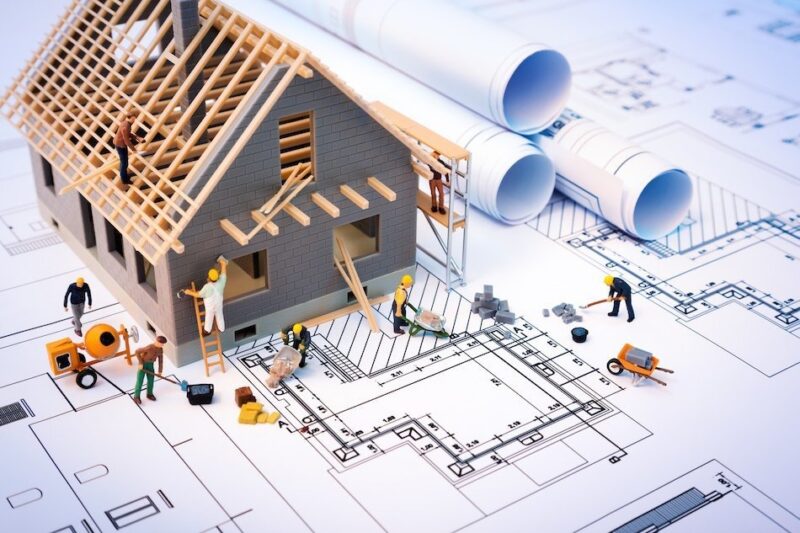
One of the most significant changes in the way homes are designed today is the use of digital tools such as Building Information Modelling.
This technology enables architects, engineers and contractors to work together more seamlessly on a shared digital model. By visualising every element of a building before it’s even constructed, mistakes can be caught early and changes made more efficiently.
This collaborative approach also allows for clearer cost forecasting, better material planning and improved communication throughout the build.
Design software is now far more advanced, with 3D visualisation giving buyers and developers a lifelike impression of the final property.
These tools help identify how a home will look and function in real-world conditions, including the way natural light moves through rooms during the day or how well it will perform in various weather conditions.
This level of insight means better-designed homes with greater consideration for layout, insulation and long-term comfort.
The Rise of Modular Construction
Modular and off-site construction methods are increasingly being adopted by housebuilders looking to speed up development without compromising on quality.
By building large sections of a home in a factory-controlled environment, delays due to weather and on-site disruption can be drastically reduced.
Once delivered to site, these sections are simply assembled, often within a matter of days. This approach ensures consistent quality control and reduces the amount of waste generated during the build.
Modular homes have come a long way in recent years.
Once thought of as basic or temporary, today’s modular homes can be architecturally stunning, highly energy-efficient and indistinguishable from traditionally built properties.
For many developers, particularly those working to tight deadlines or on restricted sites, modular construction has become an invaluable part of their toolkit.
Using Drones to Improve Build Accuracy
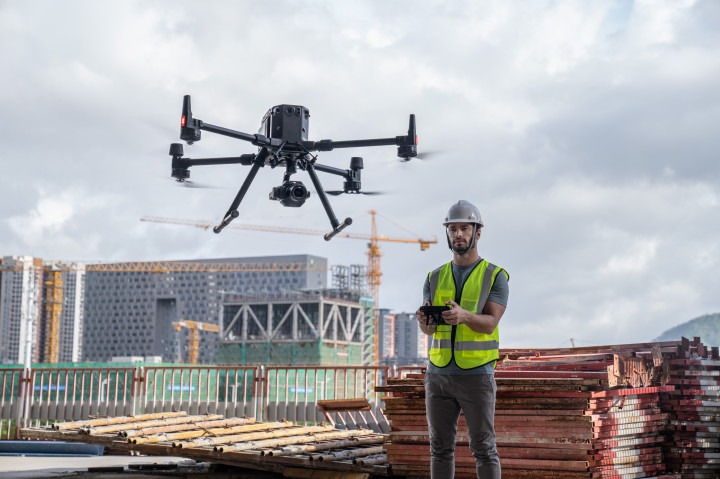
Drones have changed the game when it comes to surveying and site management. These compact aerial devices are now a common sight above building sites across the UK, offering builders and developers a new way to monitor progress and gather data.
Aerial surveys that once took days or even weeks can now be carried out in a matter of hours, with high-definition imaging and thermal sensors providing detailed information about land conditions, drainage patterns and even heat loss from structures.
The use of drones not only speeds up the initial site analysis but also helps reduce health and safety risks by keeping human surveyors out of potentially hazardous areas.
As construction progresses, drones can provide regular progress reports, identify potential delays and even track material usage. This data can then be fed back into digital planning systems to ensure a project stays on track.
Energy Efficiency at the Core
Modern homebuilding in the UK places a much greater emphasis on energy efficiency and environmental responsibility than in years past. From the outset, new homes are designed to meet high standards of insulation, airtightness and thermal performance. Materials are chosen not just for their strength or appearance but also for how well they contribute to the overall energy profile of the property.
Triple glazing, air-source heat pumps, solar panels and mechanical ventilation with heat recovery systems are all becoming common features in new builds.
These technologies help homeowners cut energy bills and reduce carbon emissions while also ensuring a more consistent and comfortable indoor environment.
In many developments, builders now aim for properties to meet or exceed EPC A ratings, something rarely seen in older housing stock.
Insulation techniques have also improved significantly. Materials such as insulated concrete formwork and structural insulated panels are being adopted to create homes that maintain heat more effectively and reduce the need for traditional heating systems. These materials not only improve energy performance but also contribute to the long-term durability and structural integrity of the home.
Smart Home Integration
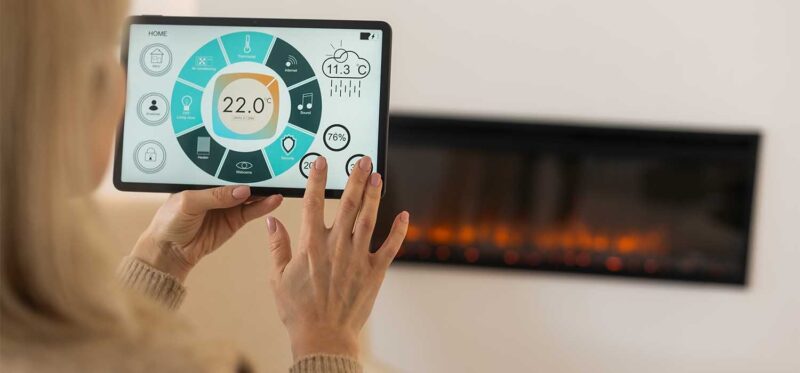
A key feature of many new builds today is the integration of smart home technology. From lighting and heating to security and appliance control, homeowners now expect digital connectivity as part of their property. Voice-controlled systems, app-based energy monitoring and smart doorbells are often installed as standard or offered as optional extras by developers.
These systems not only make life more convenient but also offer tangible efficiency benefits.
Smart thermostats learn the habits of those living in the home and adjust heating accordingly, while smart meters provide real-time feedback on energy consumption, encouraging more sustainable usage.
In larger developments, smart technology is also being used to connect entire streets or estates, allowing local councils or housing associations to manage resources more effectively.
Better Site Management and Safety
Technology has also improved what happens behind the scenes on a building site. Project management software now allows contractors to coordinate trades, schedule deliveries and monitor build stages with greater precision than ever before.
Digital checklists and compliance tools help teams stay on top of building regulations, while virtual inspections can speed up approval processes without sacrificing quality.
Health and safety have also benefited from digital innovation. Wearable technology is being introduced on larger sites to alert workers to dangers or to monitor fatigue levels.
Drones, as mentioned earlier, help survey areas that might be unsafe for human entry. Digital records of site activity can also help with accountability, identifying who was on-site and what work was carried out at specific times.
Improved Materials and Construction Techniques
Materials science continues to evolve, offering builders stronger, lighter and more sustainable options. From self-healing concrete to advanced sealants and coatings, today’s materials are designed to last longer and perform better under strain. Even traditional materials like timber are being treated and engineered in ways that improve strength and durability.
On-site construction methods are also benefiting from technological progress. Laser levels and robotic bricklayers help ensure perfect alignment and consistency, while 3D printing is beginning to be explored as a potential future method for creating components or even entire structures.
These advances not only improve the quality of the finished home but also allow for more creative designs and architectural flair.
Building Homes for the Future

One of the most exciting aspects of technology in homebuilding is how it allows developers to anticipate future needs. Homes built today are often pre-wired for electric vehicle charging, fitted with solar-ready roofing or designed with space for battery storage systems.
As UK regulations around sustainability and emissions continue to tighten, these features ensure that new homes remain compliant and futureproofed for decades to come.
Technology also allows for greater inclusivity and accessibility. Smart features can be tailored for elderly homeowners or those with disabilities, offering voice control, motion sensors and automatic lighting that make independent living easier. Meanwhile, innovations in acoustic insulation and air filtration improve wellbeing for all residents.
Technology Shaping the Housing Market
The use of cutting-edge technology in homebuilding doesn’t just improve the construction process — it’s also changing the way properties are bought and sold.
Virtual walkthroughs and digital twins allow potential buyers to explore a home before it’s even completed, while developers can use data to tailor homes to the specific needs and preferences of their market.
This tech-driven approach helps reduce risk, improve customer satisfaction and shorten the time between listing and sale.
Estate agents and surveyors also benefit from the detailed information available through digital models and smart monitoring systems.
Snagging reports can now be generated using photographic evidence and 3D scans, helping buyers and builders resolve issues more efficiently.
Homeowners also gain from a clearer understanding of their property’s systems, thanks to integrated manuals and apps that provide maintenance reminders and performance updates.
Embracing Innovation in Every Stage of the Build
What’s clear is that every stage of new home construction is being shaped by technological progress. From planning and design to on-site management and post-completion care, innovation is making the process faster, smarter and more responsive to the needs of modern living.
Whether it’s drones offering a bird’s eye view of a new development or a smart thermostat learning when you’re home, the homes being built today are smarter in every sense of the word.
As demand for better housing continues to rise, embracing technology ensures the industry can deliver quality, sustainability and innovation hand in hand.
For homeowners, that means houses that aren’t just places to live but spaces that support healthier, greener and more connected lifestyles.
